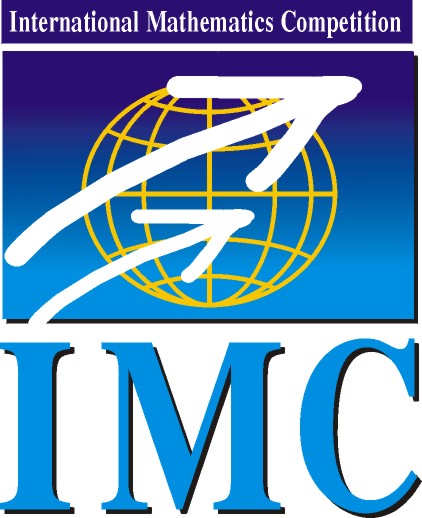
|
International Mathematics Competition
|
IMC 2026 |
| Information | Results | Problems & Solutions |
IMC2017: Problems on Day 2
6. Let $f:[0;+\infty)\to \mathbb R$ be a continuous function such that $\lim\limits_{x\to +\infty} f(x)=L$ exists (it may be finite or infinite). Prove that $$ \lim\limits_{n\to\infty}\int\limits_0^{1}f(nx)\,\mathrm{d}x=L. $$
Proposed by: Alexandr Bolbot, Novosibirsk State University
7. Let $p(x)$ be a nonconstant polynomial with real coefficients. For every positive integer~$n$, let $$q_n(x) = (x+1)^np(x)+x^n p(x+1) .$$
Prove that there are only finitely many numbers $n$ such that all roots of $q_n(x)$ are real.
Proposed by: Alexandr Bolbot, Novosibirsk State University
8. Define the sequence $A_1,A_2,\ldots$ of matrices by the following recurrence: $$ A_1 = \begin{pmatrix} 0 & 1 \\ 1 & 0 \\ \end{pmatrix}, \quad A_{n+1} = \begin{pmatrix} A_n & I_{2^n} \\ I_{2^n} & A_n \\ \end{pmatrix} \quad (n=1,2,\ldots) $$ where $I_m$ is the $m\times m$ identity matrix.
Prove that $A_n$ has $n+1$ distinct integer eigenvalues $\lambda_0< \lambda_1<\ldots <\lambda_n$ with multiplicities $\binom{n}{0},\binom{n}{1},\ldots,\binom{n}{n}$, respectively.
Proposed by: Snježana Majstorović, University of J. J. Strossmayer in Osijek
9. Define the sequence $f_1,f_2,\ldots:[0,1)\to \RR$ of continuously differentiable functions by the following recurrence: $$ f_1=1; \qquad \quad f_{n+1}'=f_nf_{n+1} \quad\text{on $(0,1)$}, \quad \text{and}\quad f_{n+1}(0)=1. $$
Show that $\lim\limits_{n\to \infty}f_n(x)$ exists for every $x\in [0,1)$ and determine the limit function.
Proposed by: Tomáš Bárta, Charles University, Prague
10. Let $K$ be an equilateral triangle in the plane. Prove that for every $p>0$ there exists an $\varepsilon>0$ with the following property: If $n$ is a positive integer, and $T_1,\ldots,T_n$ are non-overlapping triangles inside $K$ such that each of them is homothetic to $K$ with a negative ratio, and $$ \sum_{\ell=1}^n \textrm{area}(T_\ell) > \textrm{area}(K)-\varepsilon, $$ then $$ \sum_{\ell=1}^n \textrm{perimeter}(T_\ell) > p. $$
Proposed by: Fedor Malyshev, Steklov Mathematical Institute and Ilya Bogdanov, Moscow Institute of Physics and Technology
© IMC